Test Bank for Illustrated Anatomy of the Head and Neck 5th Edition by Fehrenbach
Chapter 06: Vascular System
Fehrenbach: Illustrated Anatomy of the Head and Neck, 5th Edition
MULTIPLE CHOICE
- Which term is BEST used to describe a blood vessel that travels to the heart carrying blood?
| a. | Arteriole |
| b. | Artery |
| c. | Capillary |
| d. | Vein |
ANS: D
| Feedback | |
| A | An arteriole is a smaller artery that branches off an artery and connects with a capillary. |
| B | An artery is a type of blood vessel that carries blood away from the heart. |
| C | A capillary is a smaller blood vessel that branches off an arteriole blood supply directly to the tissue. |
| D | A vein is a type of blood vessel that travels to the heart carrying blood. |
DIF: Recall REF: p. 133 OBJ: 1
TOP: CDA: General Chairside, I. A. Demonstrate understanding of basic oral and dental anatomy, physiology, and development
MSC: NBDHE, Scientific Basis for Dental Hygiene Practice, 1.1 Anatomy
- The dental professional MUST be able to locate the larger blood vessels of the head and neck BECAUSE these vessels may become compromised due to a disease process or during a dental procedure such as a local anesthetic injection.
| a. | Both the statement and the reason are correct and related. |
| b. | Both the statement and the reason are correct but NOT related. |
| c. | The statement is correct, but the reason is NOT. |
| d. | The statement is NOT correct, but the reason is correct. |
| e. | NEITHER the statement NOR the reason is correct. |
ANS: A
| Feedback | |
| A | The statement and the reason are correct and related. The dental professional must be familiar with the location of large blood vessels of the head and neck so as to NOT compromise the patient’s health during certain dental procedures. |
| B | The statement and reason are correct, but they are also related. Having knowledge of blood vessels will avoid injury or disease transmission through the blood system during dental procedures. |
| C | The reason is correct. Blood vessels may become compromised due to a disease process or during a dental procedure, such as a local anesthetic injection. |
| D | The statement is correct. The dental professional must be able to locate the larger blood vessels of the head and neck. |
| E | Both the statement and the reason are correct. The dental professional must be able to locate the larger blood vessels of the head and neck mainly because blood vessels may become compromised due to a disease process or during a dental procedure such as a local anesthetic injection. |
DIF: Application REF: p. 134 OBJ: 3
TOP: CDA: General Chairside, I. A. Demonstrate understanding of basic oral and dental anatomy, physiology, and development | CDA: General Chairside, II. C. Describe how to perform and/or assist with intraoral procedures | CDA: General Chairside, II. D. Patient Management | CDA: General Chairside, V. A. Oral Health Information
MSC: NBDHE, Scientific Basis for Dental Hygiene Practice, 1.1 Anatomy | NBDHE, Scientific Basis for Dental Hygiene Practice, 5.0 Pathology | NBDHE, Provision of Clinical Dental Hygiene Services, 1.0 Assessing Patient Characteristics | NBDHE, Provision of Clinical Dental Hygiene Services, 4.0 Performing Periodontal Procedures
- Blood vessels are MORE numerous than lymphatic vessels. However, the venous blood vessels MAINLY parallel the lymphatic vessels.
| a. | Both statements are true. |
| b. | Both statements are false. |
| c. | The first statement is true; the second is false. |
| d. | The first statement is false; the second is true. |
ANS: D
| Feedback | |
| A | The first statement is false. Blood vessels are less numerous than lymphatic vessels. |
| B | The second statement is true. The venous part mainly parallels the lymphatic vessels. |
| C | The first statement is false. Blood vessels are less numerous than lymphatic vessels. The second statement is true. The venous blood vessels mainly parallel the lymphatic vessels. |
| D | The first statement is false. Blood vessels are less numerous than lymphatic vessels. The second statement is true. The venous blood vessels mainly parallel the lymphatic vessels. |
DIF: Comprehension REF: p. 134 OBJ: 2
TOP: CDA: General Chairside, I. A. Demonstrate understanding of basic oral and dental anatomy, physiology, and development
MSC: NBDHE, Scientific Basis for Dental Hygiene Practice, 1.1 Anatomy
- Which of the following statements BEST explains why BOTH facial and dental infections can lead to serious complications for the patient?
| a. | Antibiotics do NOT work well to combat facial and dental infections. |
| b. | Communication by way of anastomoses and blood flow direction is involved in the spread of infection in the head and neck. |
| c. | Both facial and dental infections have been found to be difficult to detect and treat early. |
| d. | Blood supply is based on a one-to-one relationship of blood vessel to muscle. |
ANS: B
| Feedback | |
| A | Antibiotics are available to treat facial and dental infections effectively. |
| B | Communication by way of anastomoses and blood flow direction is involved in the spread of infection in the head and neck. This is the reason that facial or dental infections can lead to serious complications. |
| C | Both facial and lingual infections can be detected early by completing a comprehensive medical history, taking vital signs, and conducting extraoral and intraoral examination on patients. |
| D | Blood supply is regional, unlike that for innervation supplied by the nerves to the muscles, which is a one-to-one relationship. |
DIF: Application REF: p. 134 OBJ: 3
TOP: CDA: General Chairside, I. A. Demonstrate understanding of basic oral and dental anatomy, physiology, and development | CDA: General Chairside, I. B. Preliminary Physical Examination | CDA: General Chairside, II. C. Describe how to perform and/or assist with intraoral procedures | CDA: General Chairside, V. A. Oral Health Information
MSC: NBDHE, Scientific Basis for Dental Hygiene Practice, 1.1 Anatomy | NBDHE, Scientific Basis for Dental Hygiene Practice, 5.0 Pathology | NBDHE, Provision of Clinical Dental Hygiene Services, 4.0 Performing Periodontal Procedures
- What does the term anastomosis mean?
| a. | Communication of blood vessels with another connecting channel |
| b. | Foreign material in the blood |
| c. | A large network of blood vessels |
| d. | Clot that forms on the inner blood vessel walls |
ANS: A
| Feedback | |
| A | Anastomosis is communication of blood vessels with another connecting channel. |
| B | A foreign material in the blood is an embolus. |
| C | A large network of blood vessels is a plexus. |
| D | A clot that forms on the inner blood vessel wall is a thrombus. |
DIF: Recall REF: p. 133 OBJ: 1
TOP: CDA: General Chairside, I. A. Demonstrate understanding of basic oral and dental anatomy, physiology, and development
MSC: NBDHE, Scientific Basis for Dental Hygiene Practice, 1.1 Anatomy
- Which are the MAJOR arteries that supply the head and neck?
| a. | Aorta, brachiocephalic |
| b. | Common carotid, subclavian |
| c. | Posterior auricular, occipital |
| d. | Superficial temporal, facial |
ANS: B
| Feedback | |
| A | The aorta is a major artery that gives rise to the common carotid and subclavian arteries on the left side of the body and to the brachiocephalic artery on the right side. The brachiocephalic artery is an artery that branches directly off the aorta on the right side of the body and gives rise to the right common carotid and subclavian arteries. |
| B | The common carotid and subclavian arteries are the major supply of arterial blood to the head and neck. The common carotid artery travels in the carotid sheath superiorly along the neck to branch into the internal and external carotid arteries. The subclavian arteries arise from the aorta on the left and the brachiocephalic artery on the right and give off branches to supply both intracranial and extracranial structures, as well as the arm. |
| C | The posterior auricular artery is a posterior arterial branch from the external carotid artery that supplies the tissue around the ear. The occipital artery is also a posterior arterial branch from the external ear. |
| D | The superficial temporal artery is a terminal arterial branch from the external carotid artery that arises in the parotid salivary gland and gives off the transverse facial and middle temporal arteries, as well as frontal and parietal branches. The facial artery is an anterior arterial branch from the external carotid artery with a complicated path as it gives off the ascending palatine, submental, inferior and superior labial, and angular arteries. |
DIF: Recall REF: p. 134 OBJ: 2
TOP: CDA: General Chairside, I. A. Demonstrate understanding of basic oral and dental anatomy, physiology, and development
MSC: NBDHE, Scientific Basis for Dental Hygiene Practice, 1.1 Anatomy
- Which of the following arteries is a DIRECT branch off of the aorta?
| a. | Common carotid artery |
| b. | External carotid artery |
| c. | Pterygoid artery |
| d. | Brachiocephalic artery |
ANS: D
| Feedback | |
| A | The common carotid artery travels in the carotid sheath superiorly along the neck to branch into the internal and external carotid arteries. |
| B | The external carotid artery arises from the common carotid artery and supplies the extracranial tissue of the head and neck, including the oral cavity. |
| C | The pterygoid artery is a branch of arteries from the maxillary artery that supplies the pterygoid muscles. |
| D | The brachiocephalic artery is an artery that branches directly off the aorta on the right side of the body and gives rise to the right common carotid and subclavian arteries. |
DIF: Recall REF: p. 134 OBJ: 2
TOP: CDA: General Chairside, I. A. Demonstrate understanding of basic oral and dental anatomy, physiology, and development
MSC: NBDHE, Scientific Basis for Dental Hygiene Practice, 1.1 Anatomy

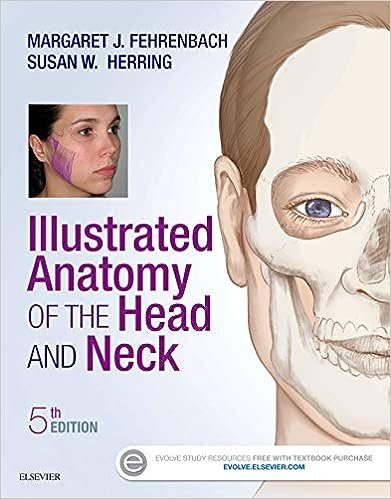

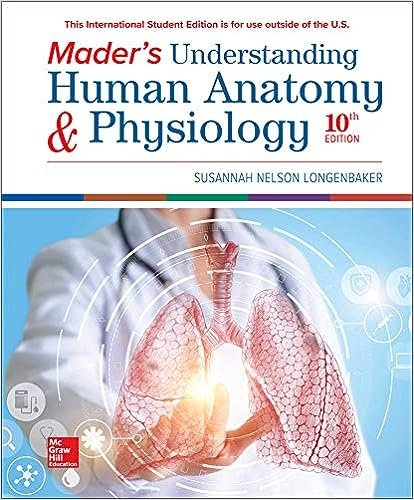

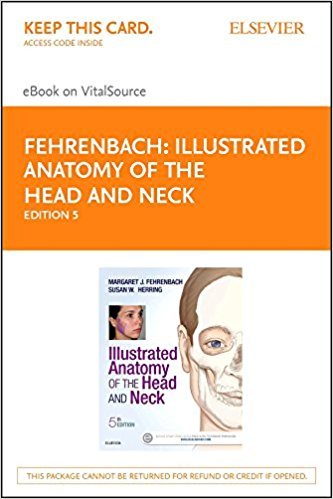
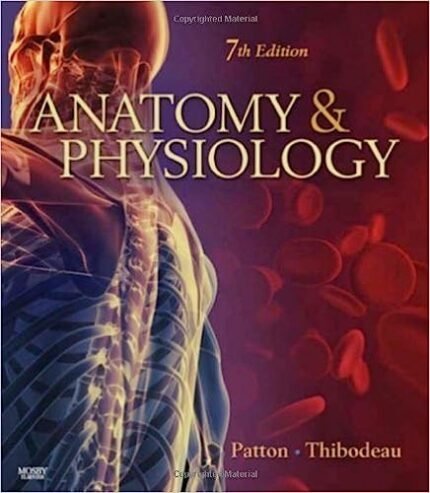


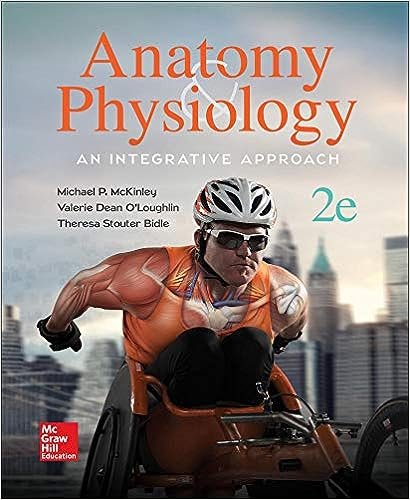
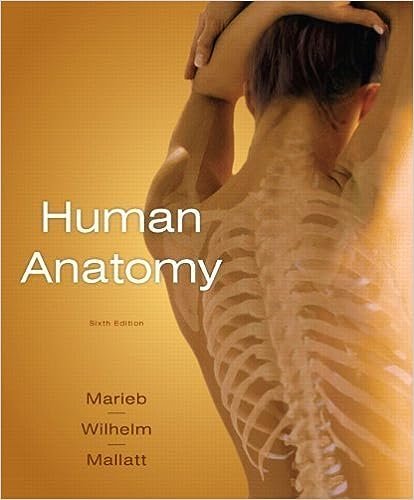

Reviews
There are no reviews yet.